PALS Megacode Scenario Simulations on VFib
The PALS megacode simulation covers Ventricular Fibrillation (VFib) and immerses participants in high-stakes scenarios.This hands-on training focuses on recognizing VFib and executing effective CPR and defibrillation protocols. Participants practice teamwork, communication, and critical thinking under pressure. Participate and experience this lifelike simulation to boost your confidence and readiness for real-life emergencies!
Hurry, don’t let time run out! 5 mins 00 secs
2/10
Good try!
Now you can give it another shot9/10

